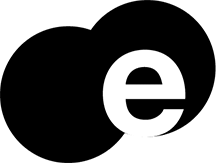®

Application is disabled!
Application at host origin.www.callicoonfinearts.com is disabled!
If you need any assistance, you can always contact us
COPYRIGHT © 2025 exhibit-E
Application is disabled!
Application at host origin.www.callicoonfinearts.com is disabled!
If you need any assistance, you can always contact us
COPYRIGHT © 2025 exhibit-E